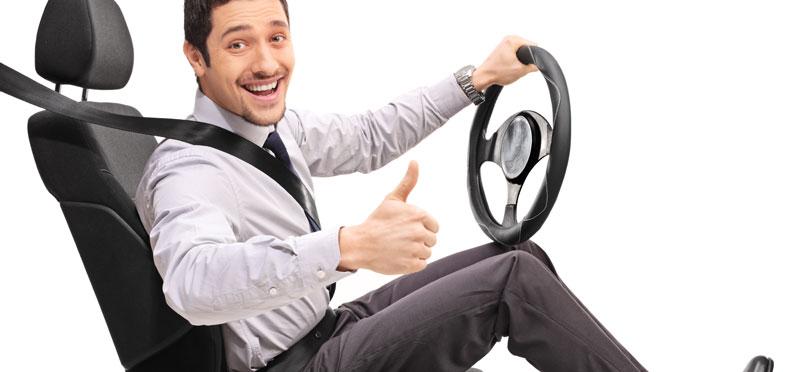Whether it’s reps out selling, delivery drivers delivering, or technicians on their way to service equipment, under the Health and Safety at Work Act they are all using a place of business: their vehicle.
Business owners and senior management are responsible for providing a primary duty of care to people who they employ, contract or subcontract, as far as reasonably practical. They are generally good at identifying risks on their premises or on client sites when performing work, but it’s easy to forget that the distance travelled to complete the job carries its own risks, even if the driver is not carrying hazardous goods or using a company vehicle.
It’s possible that a company could be held liable if a person they are responsible for has an accident which is deemed to have been preventable by supplying better training. Under the new health and safety laws which came into effect in April this year, organisations need to be able to document the steps they’re taking to reduce the risk of accidents on New Zealand roads.
Driver training has been proven to reduce the risk of accents which in turn keeps insurance premiums lower and means less costs in vehicle downtime and time off work.
One solution which covers both driver training and health and safety compliance is provided by DT Driver Training. The e-learning system is used by over 70,000 people per month and covers the Road Code, advanced driving, driver health and safety, licence endorsements and more.
“We created the system to make it easy and affordable for smaller companies with just a few vehicles on the road to comply with their driver training obligations,” said Darren Cottingham, director. “As it’s available 24/7 from any device, you don’t have to worry that training sessions will interfere with critical work schedules – drivers can take a quick five-minute refresher when they have time, or they can sit down for a longer session.”
No one likes to be told their driving could be improved, but when it is improved drivers have fewer accidents, and are happier and calmer behind the wheel.
Statistics show that drivers are at high risk of an accident when they are driving for work because there’s the tendency to multitask, drivers are often rushing between appointments and their minds are on work. If they are also aged between 16 and 30 then they are even more at risk. The consequences of a vehicle accident are downtime for company vehicles, increased insurance premium costs, time off work for recuperation and potentially more serious consequences if someone is gravely injured or killed.
A Department of Labour study in 2007 put the average hidden cost of motor vehicle insurance claims at over $120,000 and found that one in four company vehicles was involved in some kind of accident per year.
The risks are not just the obvious ones of crashing into something or someone. Driver health and safety extends to correct posture behind the wheel, maintaining hydration, choosing the right foods and safe carrying of goods, all of which can affect a driver’s ability to drive.
“It doesn’t take many years after a driver has earned their full licence until it would be difficult for them to pass the learner licence theory test again – people simply forget rules, were never really sure, or they see large numbers of drivers doing one thing that’s not correct and this becomes the way they do things, too,” explains Cottingham.
With businesses trying to eke out competitive performance gains, DT Driver Training is used by a range of companies from small vehicle repair workshops right through to large haulage companies and the NZ Army for refreshing road rules knowledge, upskilling into heavy vehicle classes, learning advanced driving techniques and risk management.
Cottingham is also concerned about overseas drivers who can swap their car licence without taking a theory or practical test. This applies to 24 countries, including many that drive on the right and have significantly different road signs and markings. Their reference points for driving are the rest of us on the road – the ones that already have bad habits.
“It’s possible to correct the mass confusion that people have with some road rules, like how to indicate correctly on a roundabout,” says Cottingham optimistically, “and it’s also possible to get drivers to change to good habits that can
cut fuel consumption by more than 10 percent, improve their health and wellbeing and almost eliminate the risk of having an accident.”
If you drive for work, or have drivers working for you check how well you remember the road rules
by taking a free mock theory test at
www.drivingtests.co.nz






